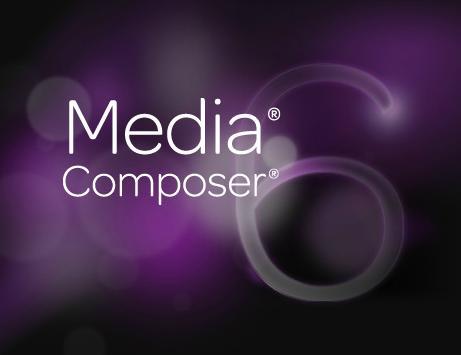There are times when we want to start getting to know a certain editing software (or postproduction in general) but opening it for the first time alone causes us some respect. So, for all those who want to get started with Avid Media Composer editing system (or those who want to refresh their memory), here are some basic tutorials to help you get started.
All of them are based on version 6 of Media Composer and Symphony, and have been created by Kevin P McAuliffe for a publication in the prestigious Creative Cow.
1. Starting
In this first tutorial we talk about some important and necessary concepts before starting to edit. An example of this is the advantages provided by the 64 bit introduced in this version 6, and they show us an application with which we can take advantage of them in Mac OS X.
Then we enter the project window and its options, making clear from the outset the differences in flexibility with other editing systems such as Final Cut Pro. Here you have to know what you are working with and how from the moment you create the project.
Finally, they show us where the projects are located on the computer (the folder) and how to create a user profile.
Interface and Bins
When we open a project for the first time the windows will appear in a certain way. In this video you will be able to know what each of them are for (Project Window, Timeline, Source/Record Monitors).
Once we have this clear it is time to start working with the bins and folders. It is important (as I always say) to keep the project window organized and start memorizing some shortcuts to speed up the work.
You can also learn what Superbin’s are for, which help us to optimize screen space, and how Avid works with bins in relation to Final Cut, placing them inside the project folder but individually.
Finally, they show us the Attic, where we have the backup copies of the project and the bins.
Audio settings
In this tutorial you will find a detailed explanation of the settings available in Audio Project, as well as the difference between project and user settings.
In addition, there is also a short introduction to the Audio Tool, where a tone is created, showing the options available for it, loaded into the Source monitor and passed to the timeline.
It is in this tutorial that we see for the first time the creation of a sequence, which by default will appear as “Untitled” and, therefore, we will have to change its name.
4. Bins, Part I
Although bins have been discussed previously, this tutorial goes into more depth on the subject to further understand how this editing system works.
Through the Bin View setting we can set some presets to display certain columns that provide us with information about the clips or sequences. Taking advantage of this function we explain where to choose these columns and move them by dragging them.
One of the columns that can be selected is Tape, to which we can manually assign the tape name or number information. This is done using the Set Source function (in the Clip menu > Modify).
You will also learn what the icons that appear in the bin mean, depending on whether they show masterclips, subclips, effects, video, audio, etc. And the Set Bin Display function, to partially display one or the other.
5. Bins, Part II
This video is a continuation of the previous tutorial, which continues the explanation of the bins.
As we were stuck on the columns, here we can learn how to create a completely customized one and write in it to add the corresponding information. In addition, they teach us the keyboard shortcut Cmd + E, which allows us to sort the clips according to the information in the columns numerically or alphabetically.
Some tricks of the editors are also mentioned, such as adding a color to the clips to mark them or recognize them more easily, or pressing the Alt/Option key when opening the project so that it appears organized even if (when closing it) we have left all the bins open.
Finally, the Text, Frame or Script views and the use and organization of thumbnails; how to play from these thumbnails with the recurring J K L or edit from the bin instead of the Source monitor.
We will continue with this series of tutorials later, but for now you can practice(here you can download the trial).
I hope you find them helpful 🙂


